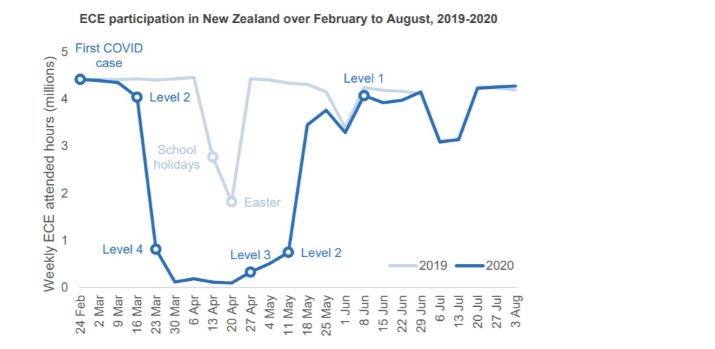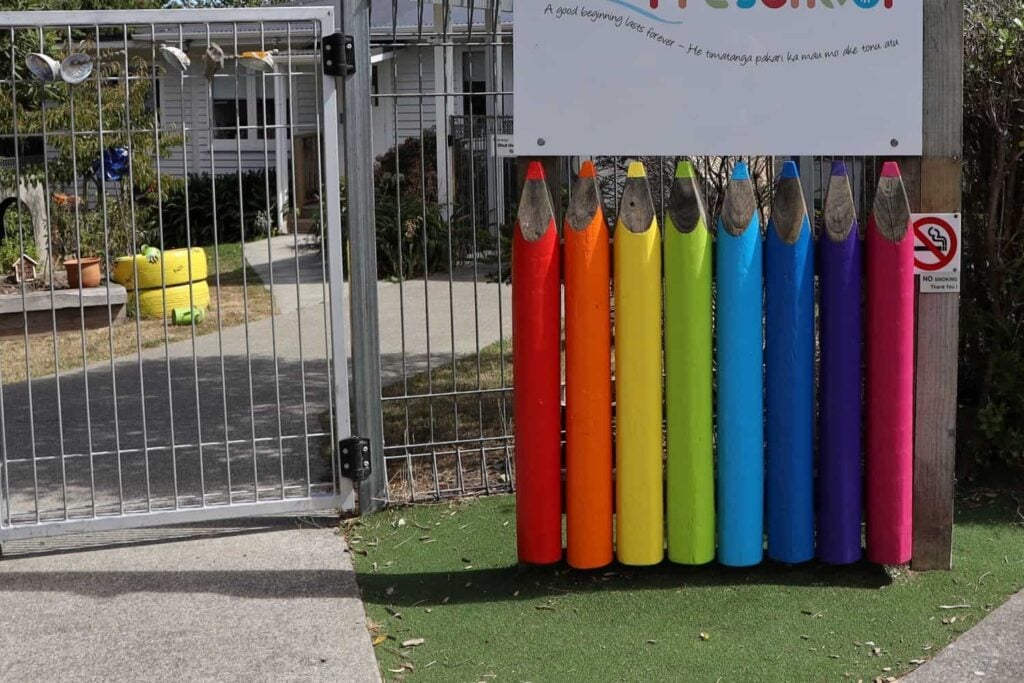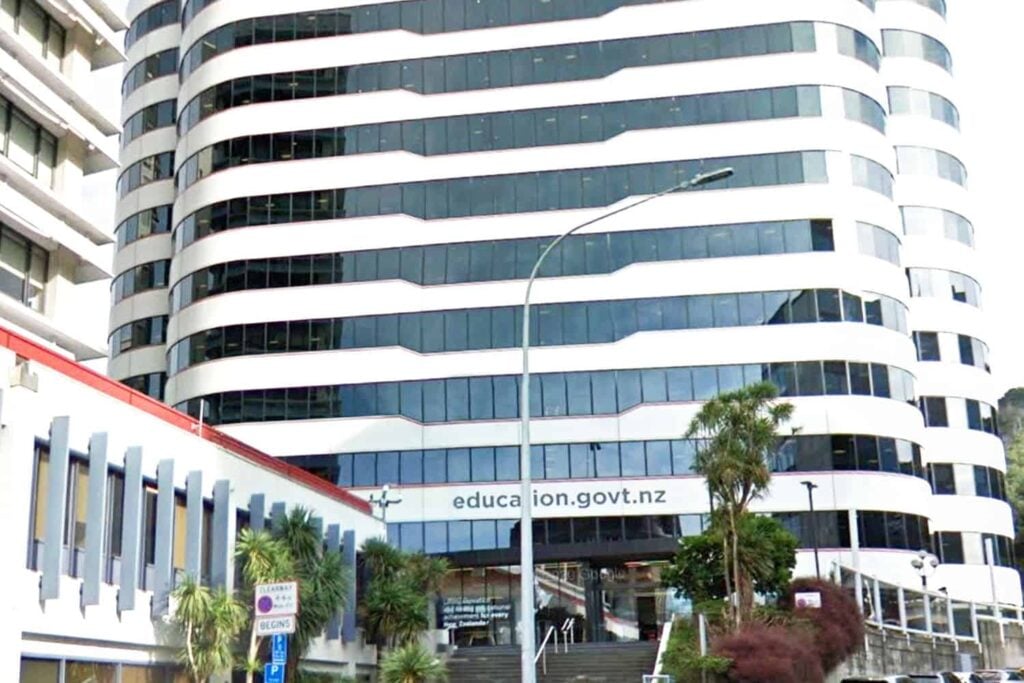High Childcare Costs.
October 12, 2016.
Many parents find that childcare can be rather pricey – especially with weekly fees as much as $360 – $500 charged by some services.
Now a new report released by the OECD confirms that childcare costs take up a large proportion of the family income in New Zealand.
According to the report, Society at a Glance 2016, New Zealand is second only to the UK in having the most expensive childcare.
The report shows that 29 percent of a New Zealand family’s net income is spent on childcare, nearly double that of Australia (16%) and three times as much as in Germany and France (less than 10%).
The Minister of Education Hekia Parata has criticised the international research comparing the cost of full-time childcare for families.
Ms Parata told Newstalk ZB that the report focused on different parameters than the NZ Government. The report compared costs for families on the basis of having two children and using full-time care. Ms Parata did not accept such comparison and said the NZ government’s focus was on 20 hours of care for one child.
Ms Parata told the station that the government had increased its investment in early childhood education to make childcare more affordable for families.
She said: ”In the time we’ve been in government, we’ve doubled funding into early childhood education. When we came in, it was $780 million – it’s now almost $1.8 billion”.
Dr Sarah Alexander agrees that the government can be proud of its investment but questions why many families are still having to pay so much in childcare fees and related charges when a high proportion of actual per child costs are supposedly covered by government funding.
According to the Ministry of Education survey of early childhood service income and expenditure results, the 20-hour ECE subsidy covers the average costs of providing care. The 30-hour subsidy for children under 2 years covers between 78-80% of average costs. The two to five year old subsidy which applies to children or hours not covered by 20-hour ECE, covers 64% of costs.
Dr Alexander said the OECD’s comparison of childcare costs across 35 industrialised nations highlights a major problem of childcare affordability for families that the NZ government should take responsibility for. The financial implications on families, particularly middle-income families who may not be eligible for WINZ childcare subsidies, and the lack of ECE service provider financial accountability for public funding needs to be addressed she says.
As the ECE sector is not part of the state education system, there are fewer controls on how services charge for care and the level at which they set their fees and charges beyond the stipulation that services cannot charge for hours under the 20-hour subsidy scheme, Dr Alexander says.
While ECE services cannot charge parents for childcare under the 20-hour subsidy scheme, there are several ways in which services may work around this including:
- locking parents into contracts for increased weekly hours, charging for statutory and other holidays and year-round care
- charging higher fees for children under 3 years
- charging inflated fees for any hours additional to 20, for children 3 years and older
- asking parents to pay high optional charges, or to pay for “extra services”
The average weekly hours attended by children at early childcare centres rose from 16.3 hours in 2000 to 24.7 hours in 2013. At private childcare centres the average was 26.3 hours compared to 22.1 hours at community-based centres in 2013.
On average childcare fees are lower at community-based early childhood services compared to privately-owned services. The proportion of privately-owned services has increased dramatically under the National Government’s watch, often leaving parents with no option but to choose a service with higher overall charges.
“The government has focused on investing in strategies to increase the supply of childcare and increase the participation rate. However, the way it has done this has led to less choice for parents over the amount of time their child is enrolled in early childhood education. It has also led to a reduced availability of more affordable community and not-for-profit services who struggle to compete with the private sector and do not have the economies of scale of larger providers,” Dr Alexander said









